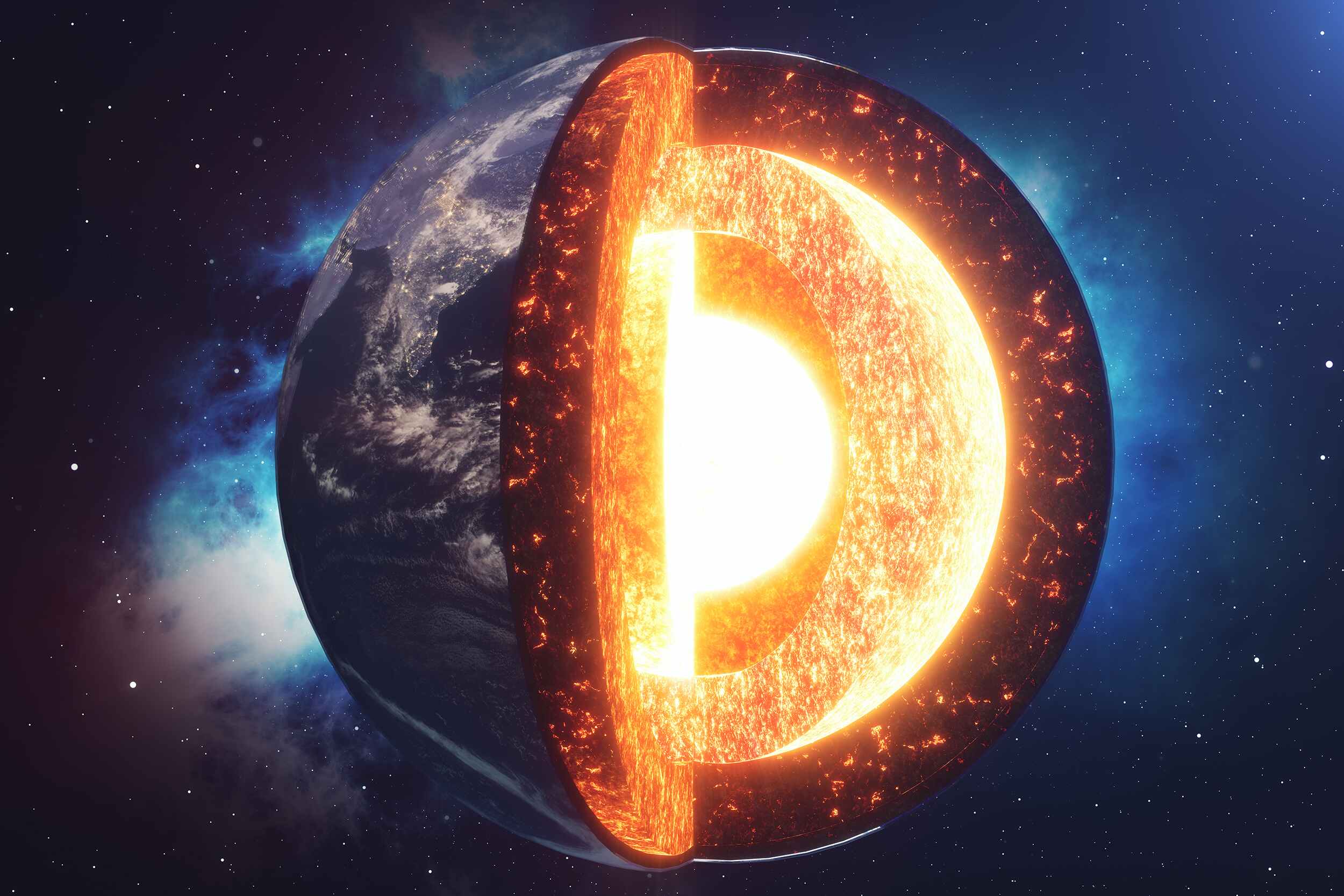Earth
Earth, our home planet, is a wondrous and awe-inspiring sphere nestled in the vastness of the universe. It is the third planet from the Sun in our solar system and the only known celestial body to support life as we know it. With a diverse range of ecosystems, from lush forests to arid deserts, and breathtaking natural wonders like towering mountains and sprawling oceans, Earth is a planet of immense beauty and staggering complexity. Its atmosphere provides a protective shield, allowing for the existence of a rich tapestry of flora and fauna. Human civilization has flourished on Earth, creating bustling cities, advanced technologies,and vibrant cultures that are as diverse as the planet itself. However, Earth is also facing numerous challenges, such as climate change and environmental degradation, reminding us of the importance of preserving and cherishing this remarkable planet we call home.


Exploring Earth's Oceans
The Earth's oceans cover approximately 71% of its surface, making them a vital component of our planet's ecosystem. From the mighty Pacific to the mysterious depths of the Atlantic, Earth's oceans teem with life, harboring an array of fascinating creatures and supporting intricate food webs. They also play a crucial role in regulating our climate, absorbing heat and carbon dioxide. However, pollution, overfishing, and the impact of climate change pose significant threats to the health and sustainability of our oceans, highlighting the urgent need for conservation and responsible stewardship.Quantum computing is a new type of computing that uses the principles of quantum physics to process information. Traditional computers, like the one you may be using right now, use bits to store and process data. Bits can represent either a 0 or a 1. In quantum computing, however, the basic unit of information is called a quantum bit, or qubit. Unlike a bit, which can be either 0 or 1, a qubit can be in a superposition of states. This means it can be both 0 and 1 at the same time. It's like a coin that can be heads and tails simultaneously.

Earth's Structure and Composition
The Earth, our home planet, is a fascinating and dynamic sphere with a complex structure and composition. Comprehending the Earth's structure and composition is crucial for understanding its geological processes and the diverse life forms that call it home. The Earth can be divided into several layers, each with its unique characteristics. The outermost layer is called the crust, which is the thinnest and coolest layer. It is primarily composed of solid rocks, minerals, and soil, and is divided into continental crust and oceanic crust. The continental crust is thicker and less dense, primarily consisting of granite rocks, while the oceanic crust is thinner and denser, composed mainly of basalt. Beneath the crust lies the mantle, the largest layer of the Earth. The mantle extends from the crust's base to approximately 2,900 kilometers (1,800 miles) below the surface. It is predominantly composed of solid rock, rich in iron, magnesium, and silicon. The mantle is known for its high temperatures and immense pressure, and it exhibits a semi-fluid behavior over long periods, slowly flowing due to convection currents.

The Future of Planet Earth
The future of Planet Earth holds both great promise and significant challenges. As we navigate the 21st century, it becomes increasingly clear that the decisions we make today will shape the destiny of our planet and all life that inhabits it. It is a time of crucial environmental concerns, technological advancements, and societal transformations. One of the most pressing issues we face is climate change. The Earth's climate is rapidly changing due to human activities, primarily the burning of fossil fuels and deforestation. Rising temperatures, extreme weather events, and the loss of biodiversity pose significant threats to ecosystems, food security, and human well-being. However, there is hope. The global community is taking action by transitioning to clean and renewable energy sources, implementing sustainable practices, and advocating for international cooperation to mitigate climate change and adapt to its consequences.Technology will play a vital role in shaping the future of our planet. Advancements in renewable energy, such as solar and wind power, are becoming increasingly efficient and affordable, offering viable alternatives to fossil fuels. The development of innovative solutions, like carbon capture and storage, could help reduce greenhouse gas emissions and mitigate the impacts of climate change. Furthermore, breakthroughs in areas such as artificial intelligence, biotechnology, and space exploration hold the potential to revolutionize industries and provide solutions to complex global challenges.